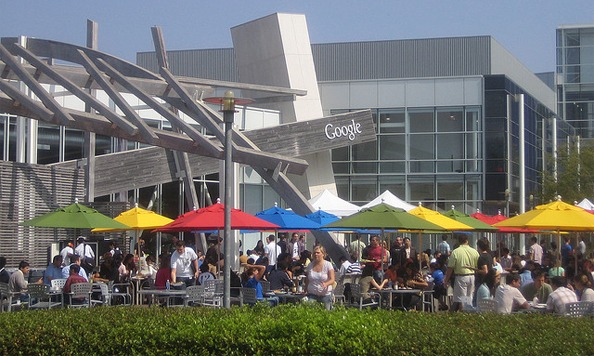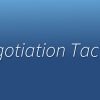Employee Engagement, Quest Newsletter
How to Build a Great Employer Brand
By Peter Stark and Amanda McDoulett (Marketing Coordinator)
A New York Times article recently upheld the important role the family narrative plays in a healthy family. The term narrative refers to a story that’s pieced together with facts, events, and emotions. The more parents honestly communicated with children about their family’s past, present and future direction, the happier the children were and the more they felt a belonging in the family.
It’s not just children who want to be part of something bigger than themselves; employees do too.
Instead of having a family narrative, you have an employer brand. Not to be confused with a company brand, although they can and should be connected, an employer brand is the presentation of your company’s culture and values to your future and current employees, as well as to your customers. Created from the company culture, a great employer brand is carried out by everyone in the company and is one that conjures up positive feelings about working for the organization, from inside as well as outside.
When talking about employer brands it’s impossible not to mention Google. Google’s famous for their “don’t be evil” motto and amenity-filled Googleplex. This definitely helps them recruit the cream of the crop, but this employer brand also helps their business model. Google is a company that requires immense trust on behalf of it’s customers. If we felt they kept the inner workings of their company behind closed doors, it’s very unlikely that people would so happily open Gmail accounts, give them credit card numbers, and store documents on their servers. Google has a reputation for transparency and top talent flocks to Google because of it’s challenging, but fun, atmosphere.
We can’t all build a Googleplex, but there are several things that that every company can do to build a great employer brand.
Employee Engagement
The first step in fostering a great employer brand is treating employees well. Extra perks like free lunch and onsite gyms are great, but your first priority must be on engaging current employees. Have you ever noticed that when people meet someone new, the second question they ask is, “What do you do?” followed by, “Where do you do that?” If you have this beautifully crafted and shiny employer brand, but your employees express unhappiness, your crafted brand will probably not achieve it’s goals.
So how do you create an employer brand?
You don’t actually create an employer brand, you uncover it. If you haven’t done so in the past two years, see where your organization’s strengths/areas for improvements are by completing an employee engagement survey. This will give you an accurate picture of where your organization currently excels (aka: strengths to amplify in your employer brand) and things that your employees would like to see changed (aka: directions you could take your brand in the future).
Transparency
While it’s often said that a manager’s open door fosters trust with employees, an organization’s open door fosters trust with employees, job seekers, and customers. When I, Amanda, was interviewing for the marketing coordinator position four years ago, Peter strongly encouraged me to speak with the other employees about their experience working for the company, as well as their experience working with him. This showed me that I was interviewing with a transparent and trustworthy company.
Approach your employment branding the same way. Be transparent about your company culture and you’ll be amazed at the responses from your employees, prospective employees and customers.
Strong Leadership
Great leadership on every level is important in carrying out an exemplary employer brand. A successful employer brand isn’t announced from a microphone at the top of an ivory tower, it’s communicated and reshaped in meetings, in team building activities, during lunches, and impromptu conversations in the halls. Since a big portion of your employer brand is derived from the company values, if leadership from any level is not aware or not aligned with these company values, there will be a disconnect.
Get Everyone Involved
Once you complete your employee engagement survey and roll out the results, set aside time for a different meeting to identify what these results reveal about your brand.
Because employer branding teeters on the thin line between human resources, PR, marketing and business strategy, deciphering the results’ revelations about your brand with diverse, but key, team members is imperative.
Then, once you have worked together to understand your employer brand, create a plan to share this with your employees.
Tools
There are so many ingenious ways to spread the word on your employer brand that choosing the tools for communicating with the public can be daunting. To decide where to put in your efforts, get feedback from your marketing team on where your customers spend their time online and ask employees where they spend their time.
When looking at the way in which organizations use tools to build their employer brand, it’s clear that creativity abounds:
- The Marriott uses Instagram to entice potential candidates
- Grainger created a video of a day-in-the life of an employee
- Red Door Interactive chronicled their office move while showing off their workplace awards
- Columbia Credit Union distributes a press release when they win the Award for Workplace Excellence
- Arizona State Credit union partnered with Jobing to create a video that provides an inside look at employee experience in their organization
- California Coast Credit Union documents employees getting together as a team to volunteer or support causes
In the comments below, let us know if you have any other suggestions or advice on how to uncover, communicate, and build your employer brand.
What story does your employer brand tell?
Photo courtesy of Marichily, Flickr










Leave a reply